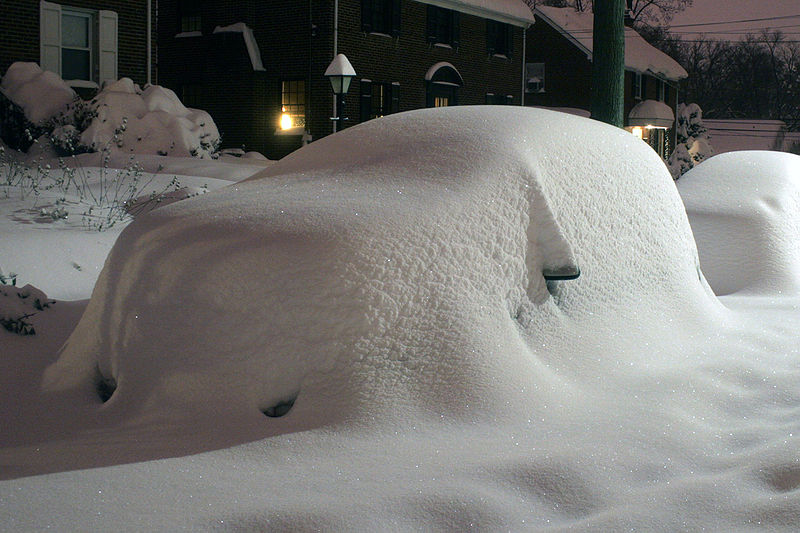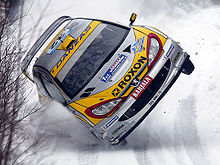01.12.10
Filed Under: News
Tips from the AA on driving safely in the snow!

- Drive only as fast as conditions allow, and remember that stopping distances are up to ten times longer in ice and snow;
- Gentle manoeuvres are the key to safe driving in heavy snow.
- Wear comfortable, dry shoes: cumbersome, snow-covered boots will slip on the pedals;
- Keep to main roads as they are more likely to be gritted.
- Clear snow from the roof as well as from windows. Snow piled up on the roof can fall onto the windscreen obscuring your view and can also be a hazard to other road users.
- Also make sure that snow is cleared from your headlights and use your dipped lights at all times. Use your fog lights in freezing fog and switch them off afterwards.
What to do if you do find yourself skidding – there are three options:
- Don’t brake fast under any circumstance – if it’s too late and you have already braked, release them immediately, then reapply, quicker but gently.
- Reduce acceleration but don’t take your foot off the accelerator completely.
- Use the highest gears possible under the conditions, and as you gently brake, move down in your gears to come to a gradual halt.
- If you have an automatic, then under normal driving conditions (motorways, etc) it’s best to select ‘Drive’ and let the gearbox do the work throughout the full gear range. In slippery, snowy conditions you can make driving much safer by selecting ’2′, which limits the gear changes and also makes you less reliant on the brakes. Many modern autos have a ‘Winter’ mode which locks out first gear to reduce the risk of wheel spin. Check the handbook if y


